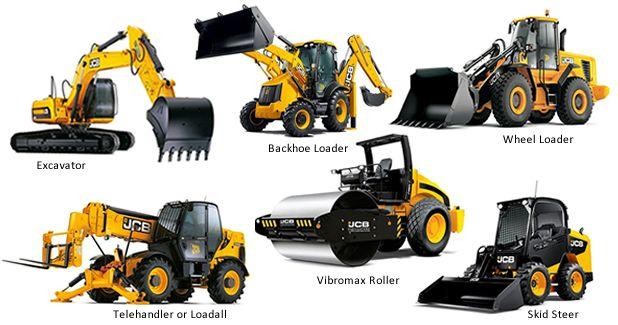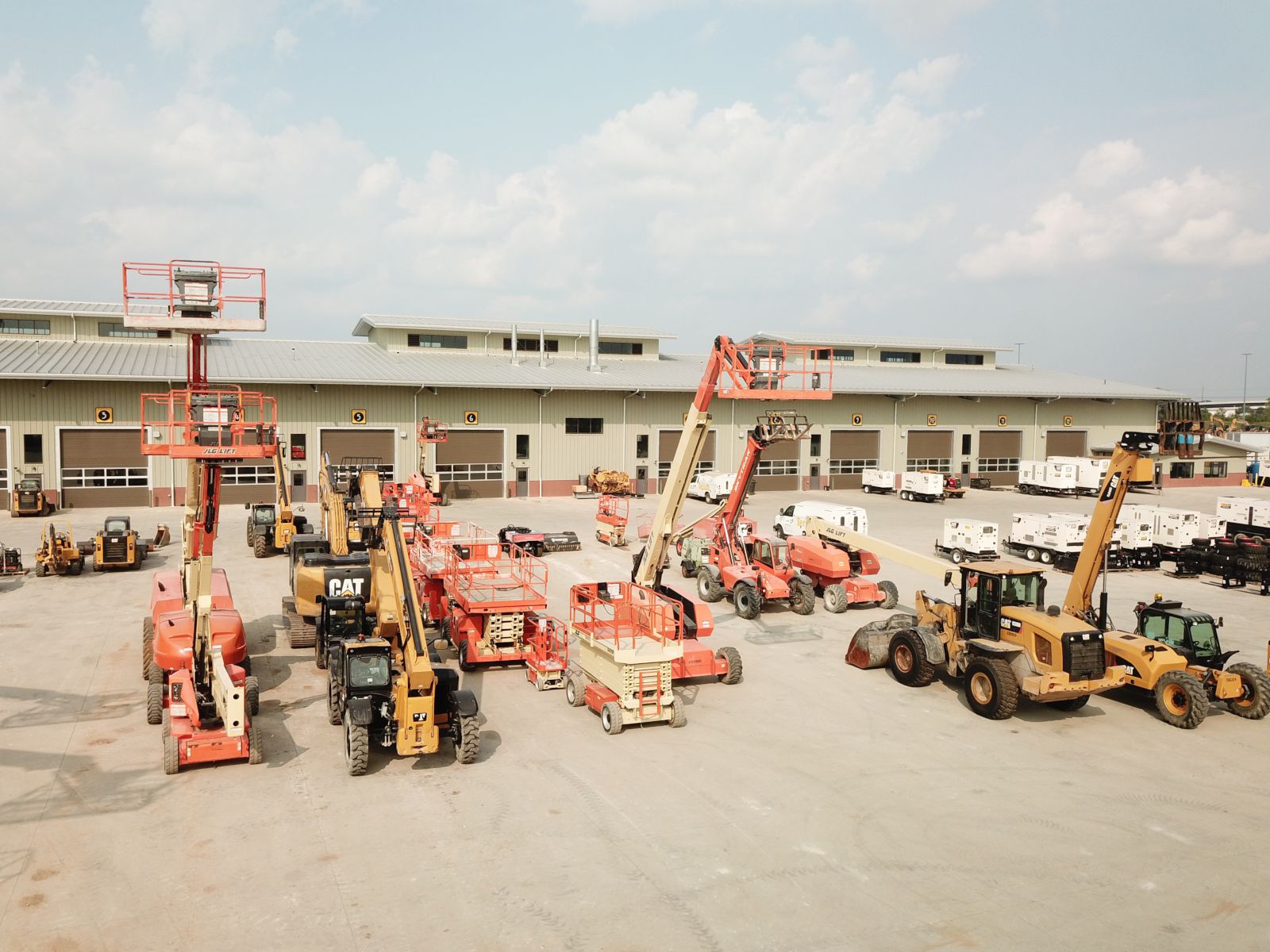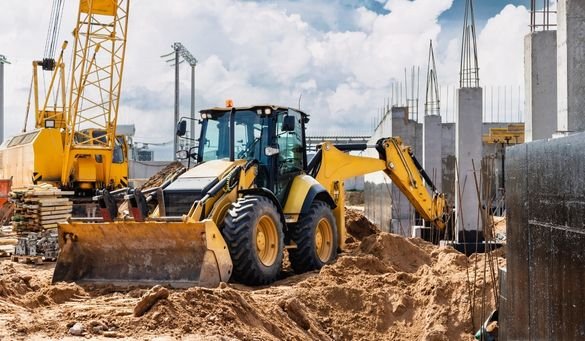Boom Lift Rental: Inexpensive and Reputable Lifts for Any Kind Of Work
Boom Lift Rental: Inexpensive and Reputable Lifts for Any Kind Of Work
Blog Article
Optimize Your Budget Plan by Comprehending the Costs Linked With Building And Construction Devices Leasings
Comprehending the full scope of prices associated with construction tools leasings is vital for optimizing your budget. While the initial rental fee might seem straightforward, numerous added costs-- such as transport, fuel surcharges, and maintenance-- can promptly collect, affecting your monetary preparation. Additionally, understanding different charges and the complexities of rental agreements can help stay clear of unanticipated monetary problems. What strategies can be utilized to effectively take care of these costs and make sure a much more effective rental experience?
Summary of Rental Costs
When taking into consideration building equipment services, comprehending the linked expenses is paramount for efficient budgeting and project preparation. Rental costs can differ considerably based upon a number of variables, consisting of tools type, period of leasing, and area. The initial rental cost frequently mirrors the devices's market need and its associated functional capabilities, influencing the total expense.
Along with the base rental rate, supplementary prices may emerge, such as transportation costs, fuel surcharges, and upkeep charges. It is vital to represent these added expenses to accurately examine the total cost of leasing equipment. The rental duration can impact prices; longer services may qualify for affordable prices, while short-term leasings could incur higher day-to-day charges.

Failure of Rental Prices
A thorough understanding of rental prices is necessary for service providers and task supervisors aiming to enhance their budget plans. Rental rates for construction equipment typically contain numerous elements, including base rates, time-based charges, and use costs.
Base prices are the core costs connected with the leasing of the devices, frequently identified by the type and size of the equipment. These prices can differ considerably, influenced by elements such as equipment demand, availability, and local market patterns. Time-based charges, which may be daily, weekly, or monthly, offer to fit different task timelines and rental periods.
Furthermore, rental prices may consist of use charges, which are appropriate when devices is used beyond a defined limit, making sure that the rental business can represent wear and tear. Seasonal need changes can also affect rental prices, with peak construction periods commonly commanding higher rates.
Additionally, understanding the rental business's plans relating to maintenance and insurance policy can offer more insight right into the overall expense framework. By examining these components, specialists can make informed decisions, making certain the choice of rental tools aligns with both job needs and budget restrictions.
Added Fees to Think About
Comprehending the details of added fees is important for specialists to handle their total service expenditures effectively. Beyond the conventional rental rates, different supplementary charges can considerably affect the overall expense of devices leasing. These why not look here charges typically include shipment and pickup charges, which can vary based on distance and logistics involved in transferring the equipment to and from the job site.
Moreover, some rental companies might enforce gas additional charges if the tools is returned with much less gas than when rented out. It is also vital to understand potential cleansing fees, particularly for specialized devices that calls for comprehensive maintenance after use.

Completely evaluating the rental agreement and making clear these extra fees ahead of time can aid specialists ensure and stay clear of unexpected prices that budget plans remain undamaged throughout the job lifecycle.
Upkeep and Repair Service Expenses
Normal repair and maintenance costs are typically overlooked variables that can dramatically influence the total expense of building equipment services. When renting tools, it is important to consider not best telehandler for construction just the rental fees but additionally the possible expenses connected with keeping the equipment in ideal operating condition.
Many rental companies consist of fundamental maintenance as part of the rental arrangement; nevertheless, much more extensive repairs or unexpected failures can result in added expenses. It's important to assess the rental contract very carefully to understand what maintenance solutions are covered and what responsibilities drop on the occupant.
Additionally, tools that is not well-kept can lead to ineffectiveness on the job website, potentially increasing and triggering hold-ups task costs. To alleviate these risks, it is a good idea to conduct normal evaluations and keep open interaction with the rental provider regarding any concerns that arise during usage.
Insurance Policy and Responsibility Expenses
Insurance policy and obligation costs are essential parts that can dramatically influence the total cost of building devices rentals (heavy equipment rental). These prices make sure that both the rental business and the client are protected from possible monetary losses occurring from accidents, damages, or theft during the rental period

Furthermore, clients need to know any type of deductibles or exclusions in the insurance coverage, as these can influence prospective out-of-pocket costs. Understanding the conditions of any kind of insurance policy coverage is important to avoid unanticipated expenses. Inevitably, budgeting for insurance policy and liability expenditures can help make certain a smoother rental experience and secure against economic dangers associated with building and construction projects.
Final Thought
To conclude, a thorough understanding of the prices related to building and construction devices rentals is vital for efficient budget plan management. By evaluating rental rates, extra charges, upkeep costs, and insurance policy organizations, requirements and individuals can lessen unanticipated expenses. This strategic method not only improves cost-effectiveness however likewise makes sure that tasks proceed efficiently and successfully. Inevitably, educated decision-making regarding tools services adds to the overall success of construction endeavors.
Rental prices can differ significantly based on numerous variables, consisting of tools type, duration of service, and area (forklift rental). The rental duration can affect pricing; longer services may qualify for affordable rates, while short-term services could sustain higher daily costs
By performing thorough study and involving with trustworthy rental firms, specialists can properly browse the complexities of rental pricing, inevitably maximizing their financial sources.
Beyond the standard rental prices, various supplemental charges can substantially impact the total cost of tools leasing. Rental companies frequently provide responsibility insurance coverage that covers injuries to third parties or damage to residential or commercial property, while tools damage insurance policy can cover the cost of repair services or substitute if the rented tools is damaged.
Report this page